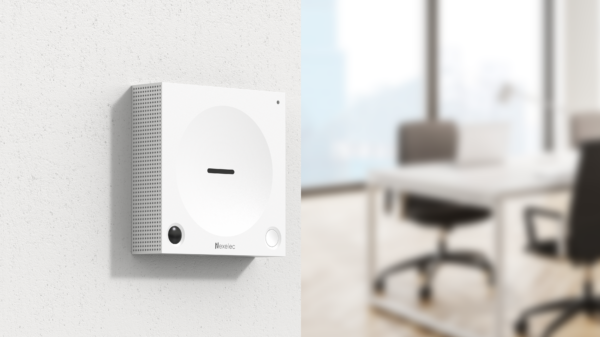Sensor battery life varies from product to product. Understanding what influences this autonomy not only helps to extend the life of sensors, but also to ensure optimum safety.

How to check sensor operation
Regular monitoring is essential to ensure that the sensor is working properly and that the battery remains in good condition. A number of factors can influence battery life, so here are a few essential steps to take:
Clean regularly: Use a vacuum cleaner brush to remove any dust that might clog the sensors.
Do not use cleaning products: Chemical products can damage the sensors, reducing their efficiency and lifespan.
Do not paint the sensor: Paint can impair performance, making the sensor less efficient.
By adopting these best practices, you’ll extend battery life and keep your sensors running smoothly. An understanding of these factors not only maximizes the efficiency of your sensors, but also ensures optimum safety in your environment.
Locations to avoid for optimum autonomy
Sensor location plays a role in battery life. Some can reduce sensor performance and life. Here are some locations to avoid:
Bathrooms, kitchens, showers, garages: These rooms are often damp and can be subject to temperature variations, which can damage the sensor.
Rooms with high humidity or extreme temperatures: Sensors should not be placed in areas where temperatures can exceed 50 °C or drop below -20 °C.
What factors affect battery life?
Depending on the frequency of data transmission
The product consumes energy when transmitting data measured by the sensors. The lower the number of transmissions, the greater the product’s autonomy.
According to LED frequency
When the LED flashes, the battery is under greater strain. Product autonomy will be lower in environments where the LED is lit regularly.
According to LoRaWAN coverage
LoRaWAN technology uses a mechanism called ADR, which adapts radio transmission parameters according to the level of network coverage. A product placed in an environment with very good radio coverage can consume up to 20 times less energy than a sensor placed in a less favorable environment.
Depending on the sensor measurement period
The product consumes energy, particularly when the sensors are taking measurements. The shorter the period between measurements, the higher the overall consumption of the product, and therefore the shorter the autonomy.
Depending on the number of sensors used
A device with several sensors (e.g. temperature, humidity, CO2) will consume more energy than one with a single sensor. Each additional sensor requires additional measurement cycles and data transmission, increasing overall energy consumption.